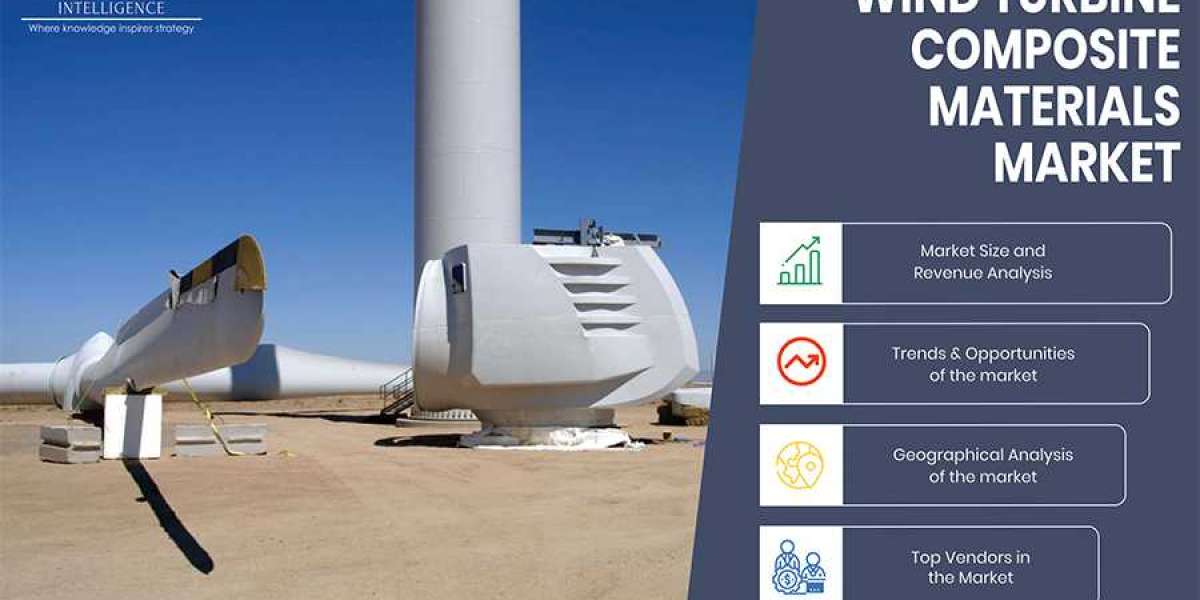Compared to 7.5 gigawatts (GW) in 1997, the worldwide wind power generation capacity sharply rose to 564 GW by 2018, as per the International Renewable Energy Agency (IRENA). In 2018 alone, 51 GW of wind power generation capacity was added, says the International Energy Agency (IEA). While onshore wind turbines have already been providing a major chunk of renewable energy for some time now, the erection of offshore windmills is also increasing rapidly.
Therefore, with the growing focus on harnessing the natural energy of the wind to create electricity, the wind turbine composite materials market is also growing around the world. The idea is simple: with an increase in the number of windmills being established, the amount of raw materials that are used to construct them will also rise. The turbine is the most important component of such a system, as this is what actually taps the energy of the wind and transfers it to the generator, by rotating the connecting shaft, whereby electricity is produced by electromagnetic induction.
Get a sample copy of this market analysis: https://www.psmarketresearch.com/market-analysis/wind-turbine-composite-materials-market/report-sample
The reason composites are used for constructing wind turbines is that the materials needs to be light enough to generate maximum rotation when driven by the wind and also strong enough to not break in strong gusts. Since composites are light as well as strong, thereby fulfilling both these requirements, they are the material of choice for manufacturing the various components of the wind turbines, such as the blades and nacelles. As stated above, the amount of electricity produced depends on the length of the blades, which is why higher amounts of composite materials are utilized for the construction of blades, compared to nacelles.
Geographically, Asia-Pacific (APAC) has been the largest wind turbine composite materials market, historically, which is because it is the largest producer of wind energy in the world. The two largest onshore wind farms on earth are in China and India, which have a cumulative capacity to generate around 8.5 GW of clean electricity. In 2017, of the total wind energy generation capacity added throughout the world, around 50% was added in China alone, according to the oil supermajor BP PLC.








